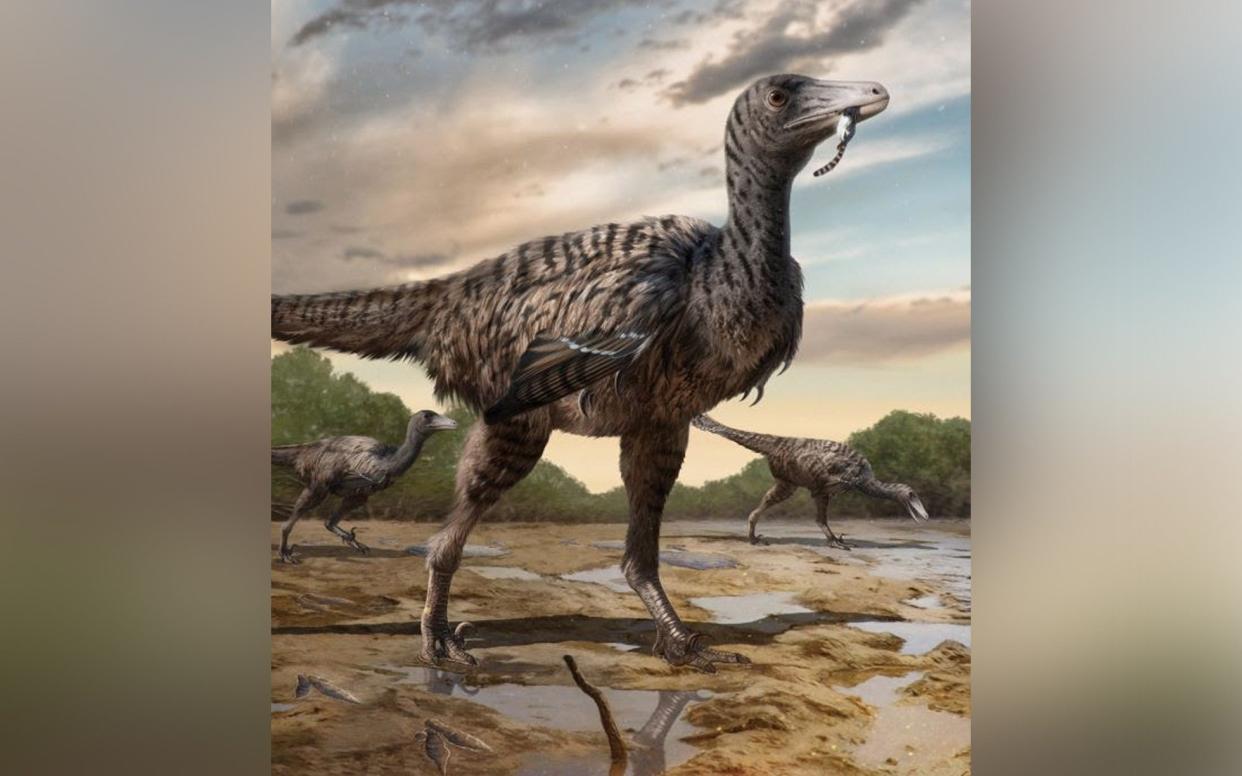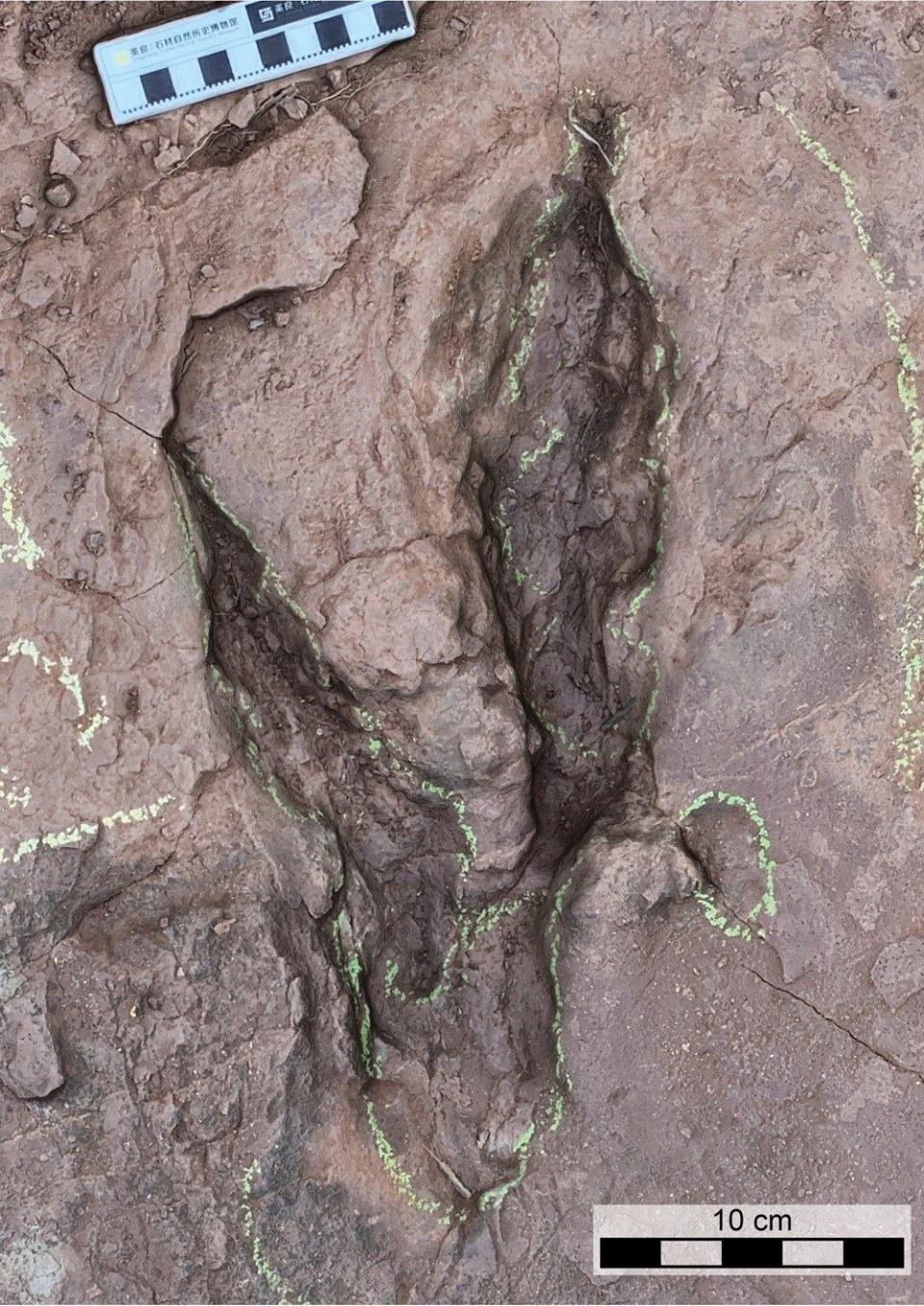Giant velociraptor bigger than Jurassic Park imaginings discovered

When Jurassic Park introduced the world to the 6ft velociraptor, disdainful palaeontologists were quick to point out that the dinosaurs were actually about the size of turkeys.
Now a giant raptor even bigger than Michael Crichton’s imaginings has been discovered in South Korea, and it would have dwarfed both its real and fictional counterparts.
With a hip height of five foot nine inches, Fujianipus yingliangi would have towered over a 6ft tall human, while its 16ft length is almost three times as big as a usual velociraptor – about the length of the Jeep Wranglers used in Jurassic Park.
Dr Anthony Romilio, a palaeontologist from the University of Queensland’s Dinosaur Lab, said: “Imagine something like that coming at you at full speed.
“When people think of raptor dinosaurs, they most likely think of those in the Jurassic Park movies – human-sized, muscly, aggressive hunters.
“This raptor was around 5-metres-long with 1.8 metre-long legs, far exceeding the size of the raptors depicted in Jurassic Park.”
No fossils belonging to the species have been found but scientists know it exists because of footprints found in Fujian Province in south-eastern China.
From the size of the prints and the length between each step, researchers were able to deduce that the raptor which made them must have been a giant.
The tracks were left by a much slimmer and brainier group in the velociraptor family known as Troodontids, which emerged in the late Jurassic period around 95 million years ago.
The tracks were discovered in 2020 by a research team led by Lida Xing, an associate professor from China University of Geosciences, which set out to explore reported dinosaur footprints in the Fujian province.
The footprints of a variety of dinosaurs were uncovered, including the two-toed tracks characteristic of raptor dinosaurs, which experts compared with other known two-toed dinosaur tracks from across Asia, North and South America and Europe.

Although raptors approaching the size of the new species have been found near the Arctic Circle, nothing has been found as big or as far south.
“We found this track type is distinct in shape, making it quite unique,” added Dr Romilio.
“The concept of large Troodontids has only recently emerged in the paleontological community.
“Bones discovered in Alaska hint at a trend toward gigantism near the ancient Arctic Circle, an area with potentially less species competition due to extended periods of winter darkness.
“But our findings suggest these raptor giants roamed much further south and were more widely dispersed.
“Interestingly, some of our research team has also worked on the world’s tiniest dinosaur footprints – raptor tracks in South Korea that are just one centimetre long.
“It just goes to show the incredible size range among raptor dinosaurs, highlighting their adaptability and ecological diversity.”
The research paper is published in the journal iScience.

